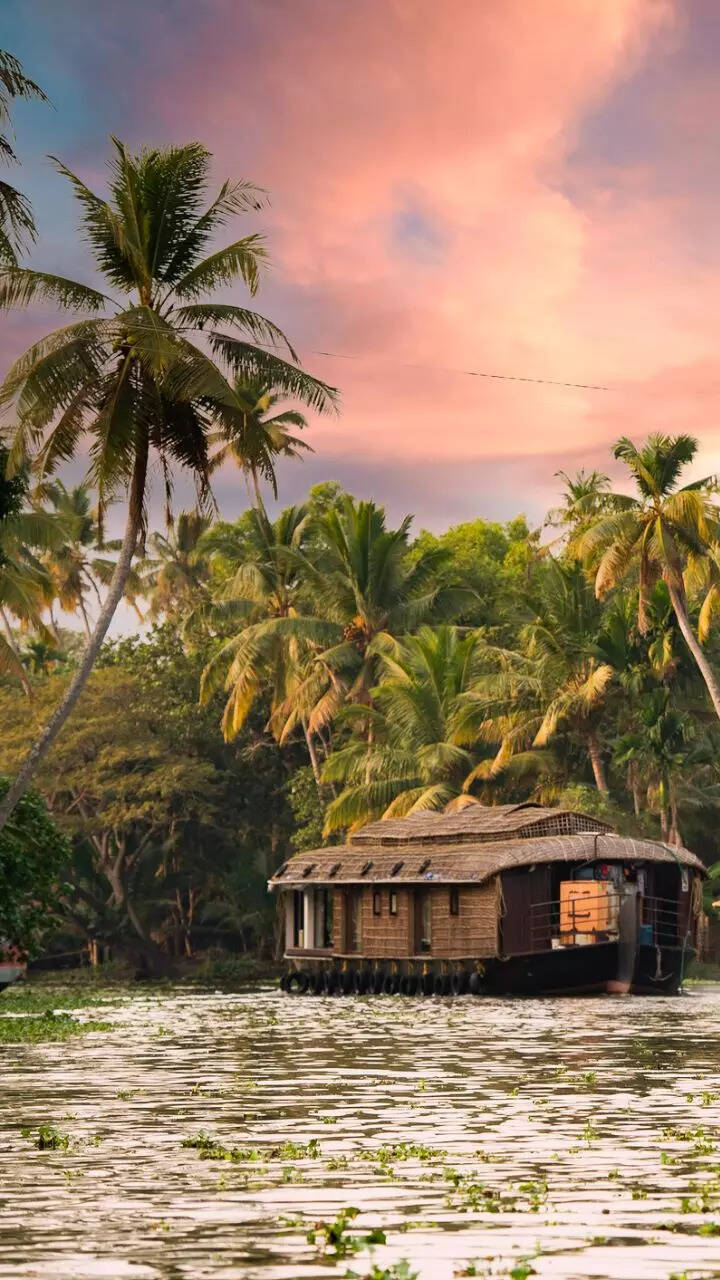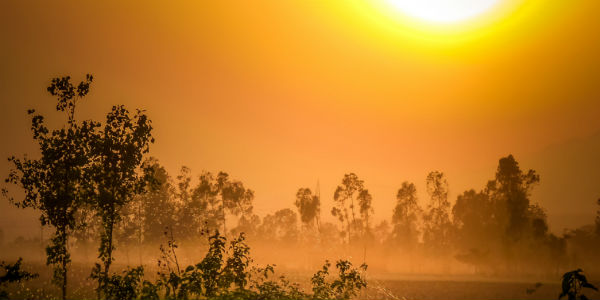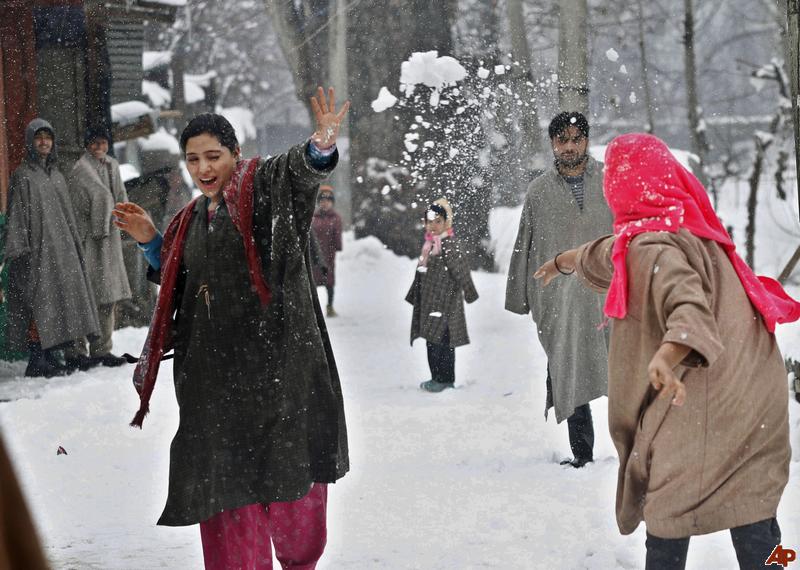
India is one of the oldest civilizations in the world with a kaleidoscopic variety and rich cultural heritage. It has achieved all-round socio-economic progress during the last 65 years of its Independence. India has become self-sufficient in agricultural production and is now one of the top industrialized countries in the world and one of the few nations to have gone into outer space to conquer nature for the benefit of the people. It covers an area of 32, 87,263 sq. km, extending from the snow-covered Himalayan heights to the tropical rain forests of the south. As the 7th largest country in the world, India stands apart from the rest of Asia, marked off as it is by mountains and the sea, which give the country a distinct geographical entity. Bounded by the Great Himalayas in the north, it stretches southwards and at the Tropic of Cancer, tapers off into the Indian Ocean between the Bay of Bengal on the east and the Arabian Sea on the west. As you travel, India offers a range of vast tourism choices, diverse in land and nature, people, tribes, cuisine, faiths, dance forms, music, arts, crafts, adventure, sport, spirituality, history; even these vary as you journey from one state to another. As a country, India has achieved all-round socio-economic progress in the last 70 years of independence. The change is clearly visible in the Tier I and Tier II cities. However, the fascinating aspect lies in the stark difference as you travel through the new and old parts of its cities. From world-class airports and hotels, luxurious shopping malls, restaurants, pubs and cafes to overcrowded streets and alleyways, in the same cities, filled with thousands of little shops offering every possible modern and ethnic product and native street food is a fascinating experience.
History of India
The Indian Peninsula stands apart from the rest of Asia, bordered as it is by mountains and the sea, which gives the country a distinct geographical entity. Based on the phases of evolution of the country and its people the history of India can be categorised in three major categories:
Ancient History
India's history and culture is dynamic, spanning back to the beginning of human civilization. It begins with a mysterious culture along the Indus River and in farming communities in the southern lands of India. The history of India is punctuated by constant integration of migrating people with the diverse cultures that surround India. Available evidence suggests that the use of iron, copper and other metals was widely prevalent in the Indian sub-continent at a fairly early period, which is indicative of the progress that this part of the world had made. By the end of the fourth millennium BC, India had emerged as a region of highly developed civilization.
Medieval History
For a period that has come to be so strongly associated with the Islamic influence and rule in India, Medieval Indian history went for almost three whole centuries under the so-called indigenous rulers, that included the Chalukyas, the Pallavas, the Pandyas, the Rashtrakutas, the Muslims rulers and finally the Mughal Empire. The most important dynasty to emerge in the middle of the 9th century was that of the Cholas.
Freedom Struggle
In ancient times, people from all over the world were keen to come to India. ThePersians followed by the Iranians and Parsis immigrated to India. Then came theMoghuls and they too settled down permanently in India. Chengis Khan, the Mongolian, invaded and looted India many times. Alexander the Great too, came to conquer India but went back after a battle with Porus. He-en Tsang from China came in pursuit of knowledge and to visit the ancient Indian universities of Nalanda and Takshila. Columbus wanted to come to India, but instead landed on the shores of America. Vasco da Gama from Portugal came to trade his country's goods in return for Indian spices. The French came and established their colonies in India.
Lastly, the Britishers came and ruled over India for nearly 200 years. After the battle of Plassey in 1757, the British achieved political power in India. And their paramountcy was established during the tenure of Lord Dalhousie, who became the Governor- General in 1848. He annexed Punjab, Peshawar and the Pathan tribes inthe north-west of India. And by 1856, the British conquest and its authority were firmly established. And while the British power gained its heights during the middle of the 19th century, the discontent of the local rulers, the peasantry, the intellectuals, common masses as also of the soldiers who became unemployed due to the disbanding of the armies of various states that were annexed by the British, became widespread. This soon broke out into a revolt which assumed the dimensions of the 1857 Mutiny.




